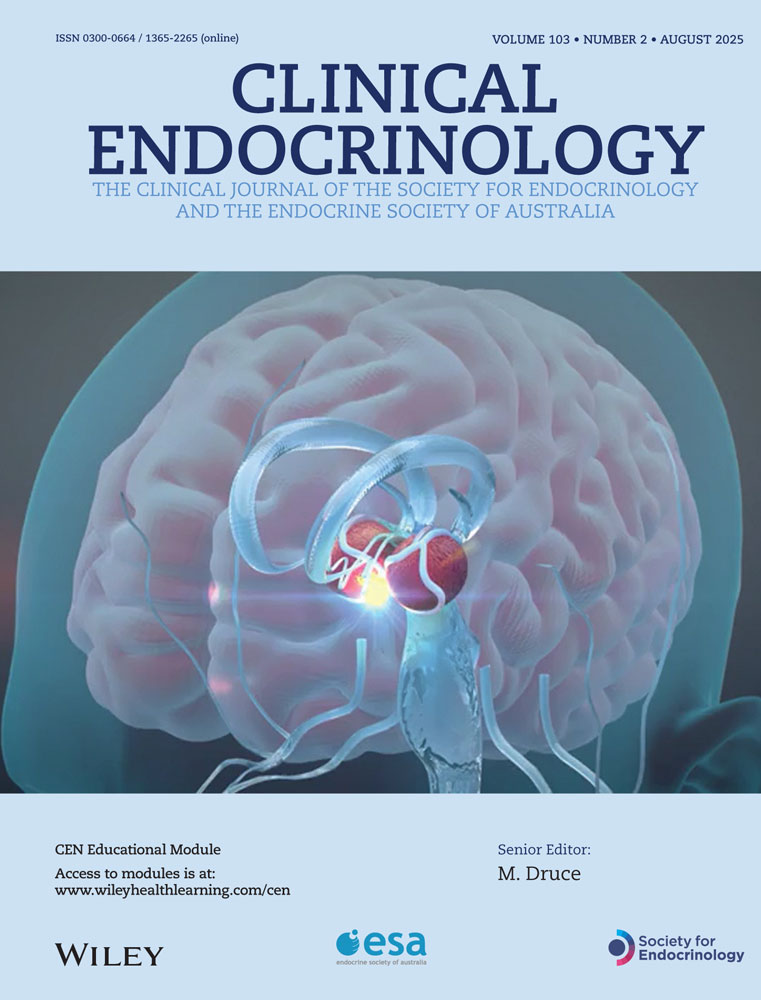ALTERED PULSATILE SECRETION OF LUTEINIZING HORMONE IN HYPOGONADAL MEN WITH HYPERPROLACTINAEMIA
SUMMARY
To explore the mechanism for the hypogonadism associated with prolactin hypersecretion in men we examined luteinizing hormone (LH) secretory profiles in four hyperprolactinaemic men before and during treatment with bromocriptine. Pretreatment serum prolactin levels were increased 4-100 fold and serum testosterone levels were low in three men and low-normal in the fourth subject. Mean LH levels were low-normal and the frequency of spontaneous LH secretory episodes was less than normal in three of four men. Bromocriptine reduced serum prolactin levels to normal; subsequently, serum testosterone levels increased and libido and potency improved markedly in each man. The rise in serum testosterone levels was associated with an increase in mean LH concentrations and in LH pulse frequency. Mean follicle-stimulating hormone levels also increased during bromocriptine treatment. Insofar as each LH pulse is believed to reflect a discharge of gonadotrophin releasing hormone from the anterior hypothalamus, our data suggest that a major abnormality in hyperprolactinaemic men with hypogonadism is a disorder of the neuroregulatory mechanism for pulsatile gonadotrophin-releasing hormone secretion.




